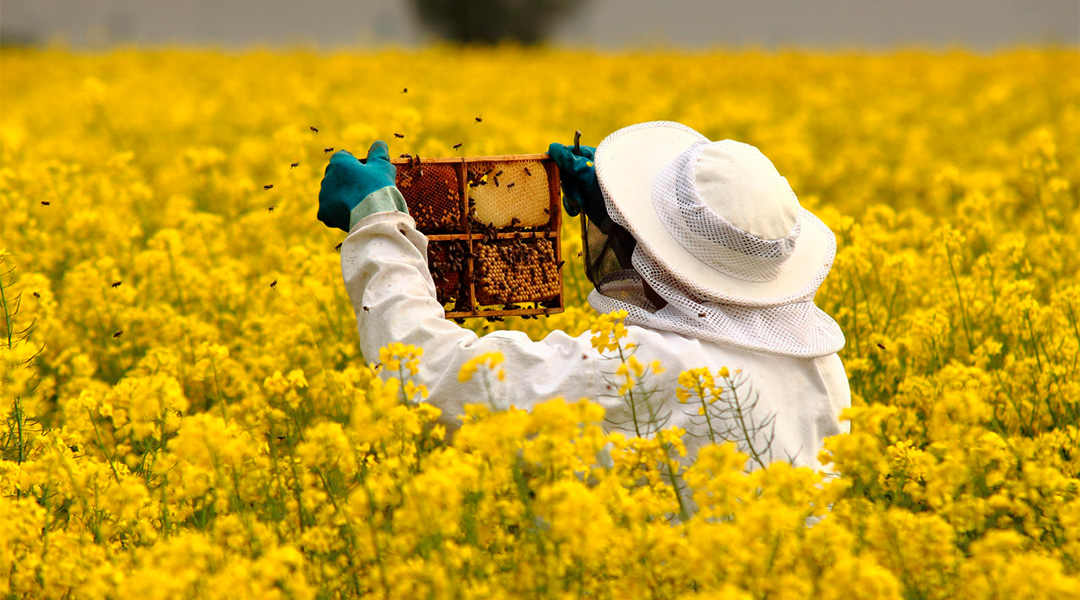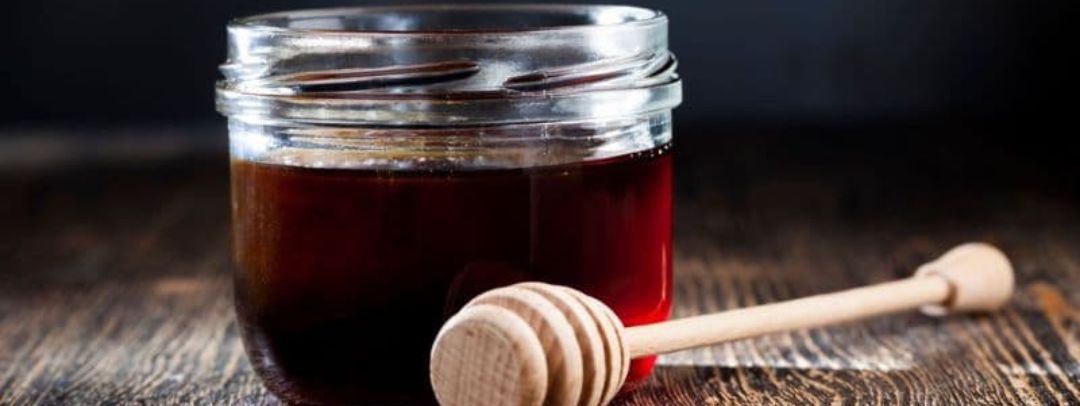Have you ever wondered why bees make honey? Today we tell you why and how.
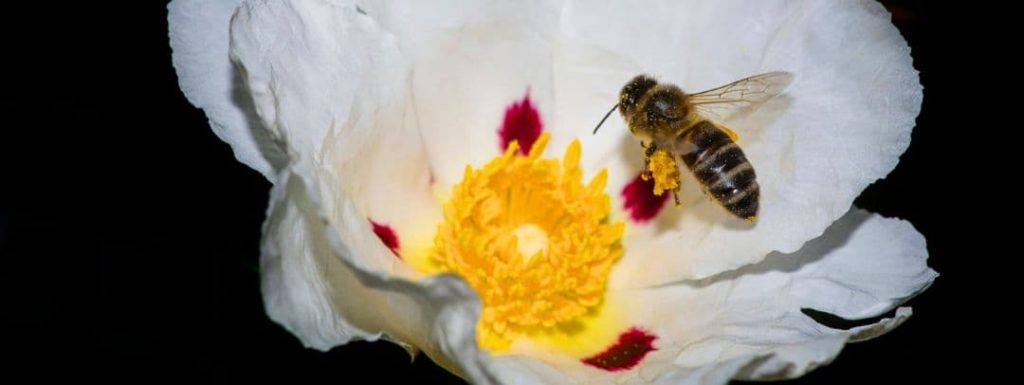
The life of bees is fascinating. These are incredibly hard-working insects, with extraordinary abilities and social skills. Undoubtedly, bees are especially known and appreciated for producing a sweet (and nutritious) natural food: honey.
Honey is a popular and appreciated food all over the world. It is part of countless culinary recipes due to its versatility and functionality as a natural sweetener.
And why do bees make it? The answer is simple: as a source of food for them and their hive, among other reasons. Let’s get to know a little better about this and other causes that drive bees to make honey, as well as the phases involved in this meticulous process.
Why do bees make honey?
As we said before, bees make honey as a food supply. Winter is quite a harsh time for animals, and especially for insects. The bees find in honey a substance that serves as a food reserve during the winter months, especially for their larvae. But it is that, in addition, honey serves as an essential source of energy to carry out some tasks of vital importance. By consuming the honey, the bees are able to generate thermal energy by flapping their wings and, therefore, keeping the hive, the brood and their queen bee warm.
But it is also that the bees find in honey a perfect solution to cool the hive during the summer. They achieve this by evaporating the water present in this food, a necessary phase in its manufacturing process.
How do bees make honey?
The manufacture of honey is a natural process carried out by bees, in several phases, involving great effort and dedication.
- It all starts with the collection of nectar, pollen and other substances that bees find in flowers and plants. Not everyone has this great responsibility. The ones specialized in these “harvest” tasks are the apis mellifera or foraging bees.
These specimens, adult workers, look for these substances and collect them. To do this, they move to the hive, using their honey crop, 8 tiny droplets of nectar.
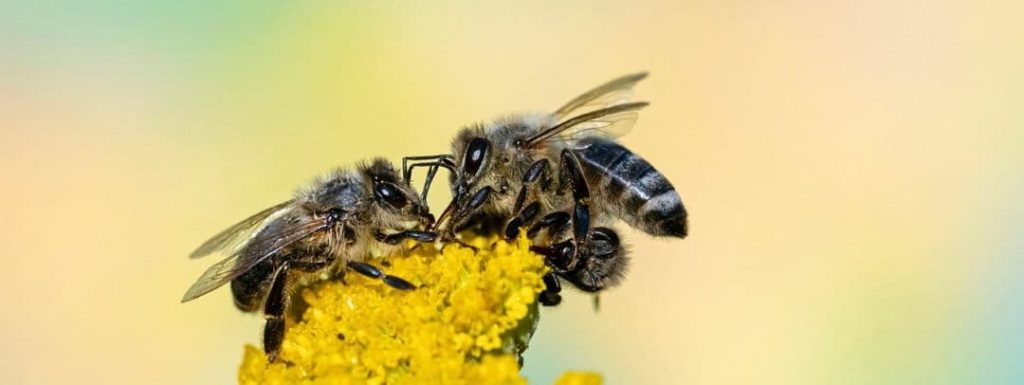
The small amount of nectar that they are capable of transporting is not an impediment for them, since they make thousands of trips between the hive and the flowers. As a result of this arduous collection process, worker bees come to store large amounts of honey in their hive, more than they actually consume.
In this sense, it is fair to highlight the important work carried out by these foraging bees. Not only because of the incredible effort they make throughout their lives, but also because of the extremely beneficial action they carry out for the natural environment, thanks to pollination.
- The second phase of this honey-making process already takes place in the hive. There, upon arrival, these workers regurgitate the nectar to their companions. This is mixed with the saliva and enzymes of the bees, in a process known as trophalaxis, key to regulating the pH of the nectar.
Next, these specimens store this substance in the cells, enriching it with enzymes to break down the complex sugars in order to convert them into simple ones. Lastly, they use their wings to ventilate the hive. The objective of this process is to eliminate excess water present in the substance, by evaporating it. A humidity of less than 20% is essential for its correct maintenance.
- The last of the phases of this process, “operculation” consists of using wax to seal the cells where the honey is stored, with the aim of protecting it and promoting its optimal and fresh conservation.
5 curiosities about honey and its production
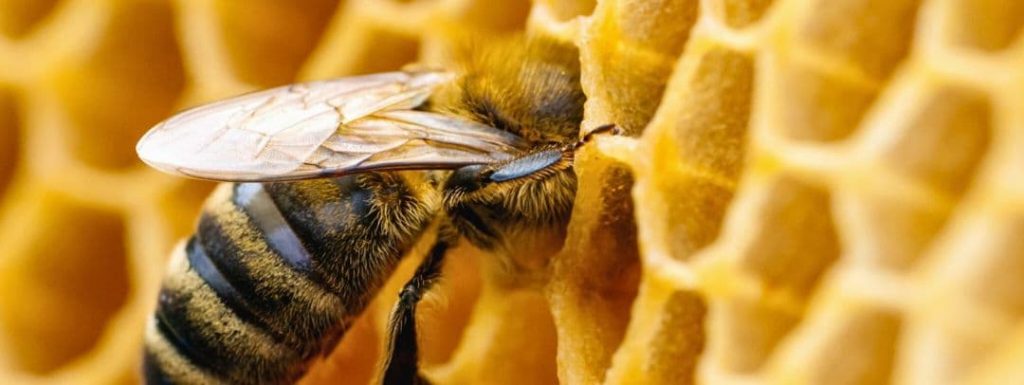
- To prepare the amount corresponding to one kilo of honey, an average swarm of bees needs to collect nectar from approximately 2,700,000 flowers.
- Every day, a bee is capable of collecting nectar from approximately 560 flowers.
- Such is the dedication and effort that bees put into collecting and making honey that, to make just 4 ml, 10 specimens are necessary, dedicating their entire lives to this task.
- As a result of their effort and teamwork, bees are capable of producing large amounts of honey in their hive. So much so that, under optimal conditions, a swarm can generate up to 50 kg of honey in a year. The minimum quantity of this food does not usually fall below 20kg, fluctuating depending on some factors such as the flowering in the radius of the hive, or the number of specimens that make up the swarm.
- In their hive, swarms of bees can produce some particularly interesting substances with quite useful properties, such as wax or royal jelly, in addition to honey.
Ultimately, honey is the result of a lifetime of dedication by bees and their swarm. A natural food and especially beneficial for its healthy properties.
You may also like:

